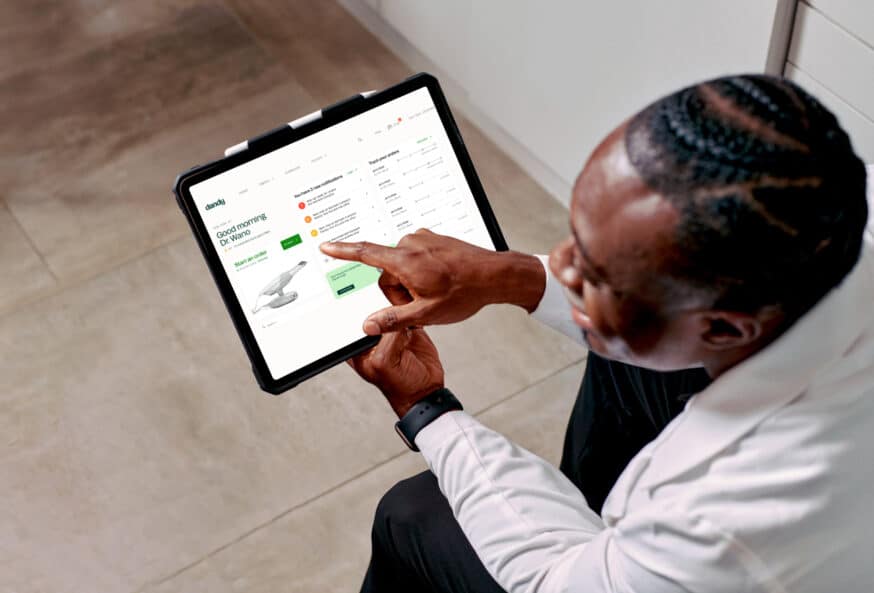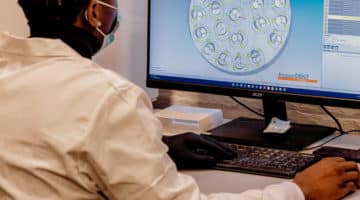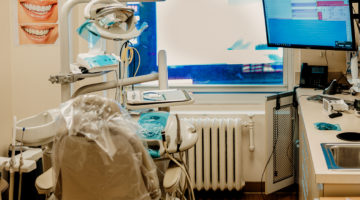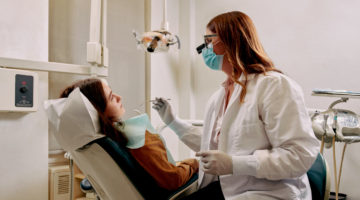The dental industry is evolving. Thanks to advances in technology and digital care, various workflows are being completely overhauled.
These cutting-edge technologies have the potential to reshape the patient experience, transforming treatments that many people once dreaded into infinitely faster, easier, and more pleasant processes.
So, what are the top advancements in dentistry? If you want to grow your practice, here are three digital technologies you should consider adopting.
#1 Intraoral Scanners
The days of traditional mold impressions are numbered. Although many dental practices still use mold impressions, they do so to their detriment. Adopting intraoral scanners and their workflow can help you avoid a host of issues that come with traditional impressions, including:
- The potential for errors – 64.5% of impressions sent to labs are deemed unacceptable, with nearly every single impression having at least one visible error.
- Time-consuming processes – Dentists have to take the impression and then wait for it to set. They may also have to retake the impression. Either scenario increases patient chair time.
- Back and forth – The impressions and molds must be shipped between the dental practice and lab. This creates back and forth, which can result in handling issues, loss, or human error.
- Patient discomfort – Even with improvements to the impression-taking process, it can be an unpleasant and often uncomfortable experience, especially for dental patients who have a strong gag reflex.
The adoption of intraoral scanners instantly eliminates many of these common pain points. These handheld devices can be used to create digital impression data of the teeth and gums in a fraction of the time of non-digital methods.
The right intraoral scanner can automatically capture the size, shade, and shape of each tooth and then leverage that data to render a detailed 3D image of the patient’s mouth. This digital dental model will then be uploaded to a scanner, which can then be used to design a dental restoration and visualize the wax-up.
In less than 60 seconds, you can capture a perfect, full arch, 3D scan and then immediately send that off to the lab for printing.
#2 CAD/CAM Technologies
Intraoral scanning goes hand in glove with digital computer-aided design (CAD) and computer-aided manufacturing (CAM). CAD/CAM technologies are necessary to receive, upload, alter, and render the 3D oral scan. As Colgate notes:
“CAD/CAM dentistry describes the software that makes it possible for dental professionals to perform complex restorations faster, more efficiently, and sometimes more accurately.”
Today, modern dental practices and labs are using this new dental technology to design and manufacture various dental prototypes and finished products, including:
- Crowns
- Inlays
- Onlays
- Veneers
- Dentures
- Orthodontics
- Bridges
When it comes to what can increase productivity in a dental office, CAD/CAM enables dentists to fashion complex, accurate restorations quickly and efficiently. What used to take a week can now be completed in as little as 45 minutes. Then, once lab technicians receive the image, they can fine-tune it, making necessary adjustments to ensure proper spacing and alignment.
All in all, this advancement can create several benefits for a dental practice, including:
- Less patient chair time
- A better patient experience
- Improved patient outcomes
- Reduced overhead costs
- Improved communication and efficiency with the lab
- Faster turnaround times
#3 Augmented Reality (AR) and Virtual Reality (VR)
AR and VR are related but uniquely different technologies that are both dramatically impacting the progress and practice of dentistry, particularly in relation to the patient experience. Here’s how these dental innovations work:
- Augmented reality – This technological advancement seeks to leverage digital information to improve clinical practice. Like VR, AR is an interactive technology. However, it overlays physical elements with virtual elements. For instance, some simulators pair AR with an oral mannequin which dentists can practice dental procedures on. The software automatically registers their motions and actions, providing immediate feedback on ways to further improve or develop their skills.
- Virtual reality – VR creates an immersive experience where the dental expert can enter a virtual environment where the user’s senses are stimulated via computer-generated feedback and sensations.
Although the use of these technological advancements have not yet become widespread throughout the industry, there are various potential dental treatment use cases. Thus far, they have mostly been applied to the fields of dental implantology and orthognathic dental surgery.
Dandy: Breaking the Mold with Digital Dentistry
The dental industry is ripe for positive disruption. Each day, novel dental innovations emerge with the potential to completely modernize the way dental practices and dental labs operate.
At Dandy, we seek to accelerate the digital adoption process. We’re the first fully digital dental lab of its kind.
To that end, we leverage groundbreaking technologies, such as intraoral scanners and CAD/CAM, to help dental practices level up their dental procedures and products. Equipped with our modern advancements in dentistry, you can improve the patient experience and outcomes, create operational efficiency, and dramatically streamline dental workflows.
As your partner, one of our primary goals is to reduce patient chair time so that you can devote more of your energy and attention toward growing your practice.
Are you ready to go digital? Get started with Dandy today.
Sources:
Journal of the American Dental Association. Intraoral Scanners. https://jada.ada.org/article/S0002-8177(21)00312-3/fulltext
Colgate. What is CAD/CAM Dentistry? https://www.colgate.com/en-us/oral-health/dental-visits/cad-cam-dentistry-what-is-it#
Dental Products Review. 5 ways that traditional impressions can go wrong. https://www.dentalproductsreport.com/view/5-ways-traditional-impressions-can-go-wrong
MDPI. Applied Sciences. Augmented reality and Virtual Reality in Dentistry. https://www.mdpi.com/2076-3417/12/8/3719/pdf



